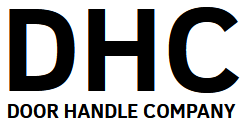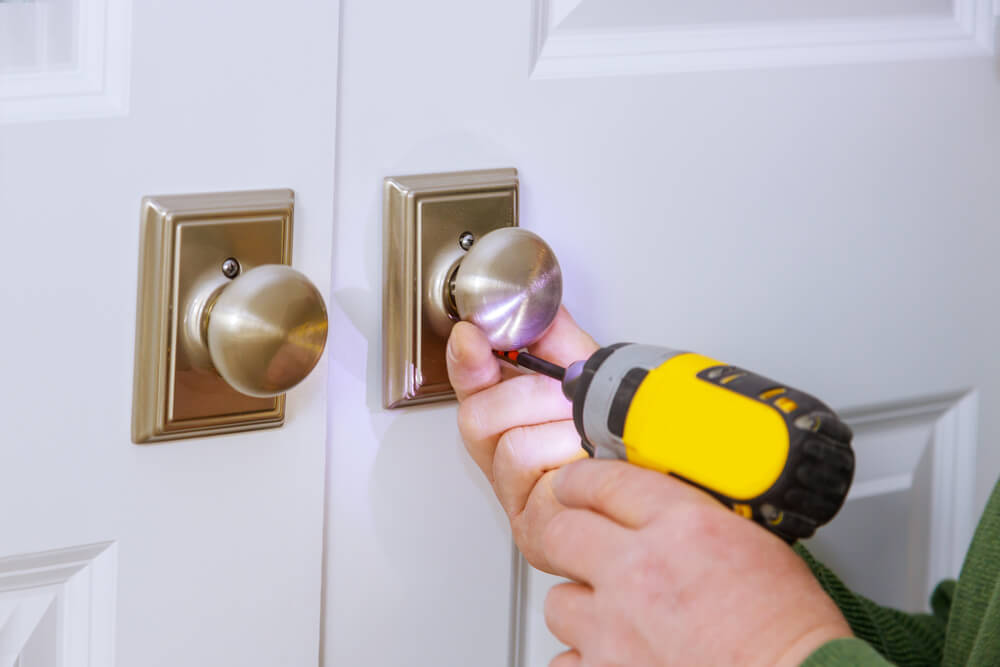What Is a Dummy Handle? UK Guide for Homeowners and Fitters
If you’re searching for new door handles or planning a renovation, you may encounter the term dummy handle—especially when browsing through product categories or fitting advice. But what exactly is a dummy handle, how does it differ from other types of hardware, and does Door Handle Company stock them?
This detailed guide breaks down what dummy handles are, their uses in UK homes, and how to select the correct product for your project, all while referencing the relevant DHC categories.

What Is a Dummy Handle?
A dummy handle is a door handle that does not operate a latch or lock. Instead, it’s fixed in place and used solely for pulling or pushing the door. Dummy handles are commonly used for double doors, wardrobe doors, and certain types of cupboard or sliding doors, where a working latch mechanism is unnecessary.
At Door Handle Company, while the primary focus is on functional lever and knob handles, many lever on rose or backplate handles can be installed in a fixed (dummy) configuration if the door doesn’t require a latch.

Common Uses for Dummy Handles
Dummy handles are most often found in locations where the door is either held closed by another mechanism (such as a roller catch or magnetic catch), or doesn’t need to be secured at all. Typical examples in UK properties include:
- Wardrobes and cupboards: Provides a decorative grip without the need for a latch.
- Double doors: On French or patio doors, one leaf may use a functional handle, while the other has a dummy handle for symmetry.
- Closet doors: Ideal for doors that are opened by a push or pull action, especially bi-fold doors or lightweight timber doors.
- Sliding doors: Useful for sliding wardrobe or pocket doors, paired with a flush pull handle for full recessing.
If you need to fit a handle to a door that doesn’t require a latch, speak with DHC about suitable dummy configuration options—many lever on rose handles can be adapted for this purpose.

Dummy Handles vs. Active Handles
An active handle operates a latch or lock—when you turn or push down, the mechanism retracts a latch to open the door. Dummy handles are purely decorative or for grip, and do not interact with any door mechanism.
In many UK projects, the same handle design can be supplied in both active and dummy versions for visual consistency throughout the property. For example, if you’re fitting Victorian scroll handles across a renovation, you can use standard lever handles for functional doors and the same design as a dummy handle for wardrobes or unused doors.

How to Install a Dummy Handle
Installing a dummy handle is generally very straightforward:
- Position the handle on the face of the door in the desired location, ensuring it aligns with any working handles elsewhere.
- Mark the screw holes and drill shallow pilot holes.
- Screw the handle directly to the door—since it doesn’t operate a latch, there’s no need to install a latch mechanism.
- For double doors, consider fitting a door bolt or roller catch to hold the inactive door leaf in place.
If you want a totally flush look, you can also choose from DHC’s flush pull handle range, especially suitable for sliding wardrobe or pocket doors.
For more detail, see Ideal Home’s DIY advice on fitting door hardware.

Dummy Handles for Symmetry and Style
One of the main reasons to use dummy handles is to maintain symmetry across a set of doors. For example, on French doors or double doors, a matching dummy handle on the inactive leaf ensures a balanced, professional appearance.
If you’re updating handles across your home, check DHC’s full handle collections to keep style consistent—many contemporary and traditional ranges have options for both working and dummy setups.

Choosing the Right Dummy Handle
- Design: Select a handle design that matches your working handles for visual consistency.
- Finish: Coordinate finishes with your door hinges, door stops, or other visible ironmongery.
- Function: If you need a grip without a latch, confirm with DHC that your chosen handle can be fitted in dummy mode—many lever on rose handles are ideal.
- Accessories: For double doors or cupboards, consider bolts, roller catches, or magnetic catches to hold the door closed.

Why Buy from Door Handle Company?
- Huge UK selection of lever on rose handles, flush pulls, and traditional backplate handles suitable for dummy applications
- Helpful advice—contact us to confirm if your preferred handle can be fitted as a dummy
- Fast, nationwide delivery
Ready to order? Browse DHC’s full range of handles and accessories or speak with our team for expert advice.

Outbound Link

